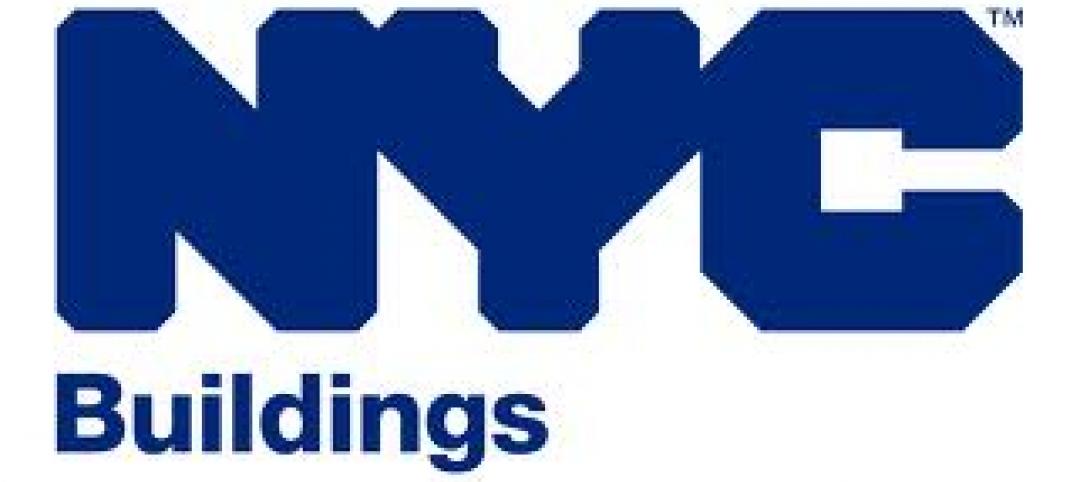Four domestic steel industry associations and the United Steelworkers union have urged President-elect Joe Biden to ensure steel tariffs and quotas are kept in place.
The tariffs and quotas were enacted in 2018 by the Trump Administration. A letter to Biden from the American Iron and Steel Institute (AISI), Steel Manufacturers Association (SMA), the United Steelworkers union (USW), The Committee on Pipe and Tube Imports (CPTI), and American Institute of Steel Construction (AISC) says: “Continuation of the [steel] tariffs and quotas is essential to ensuring the viability of the domestic steel industry in the face of massive and growing excess steel capacity.
“Removing or weakening of these measures before major steel producing countries eliminate their overcapacity—and the subsidies and other trade-distorting policies that have fueled the steel crisis—will only invite a new surge in imports with devastating effects to domestic steel producers and their workers.”
China, Vietnam, and Turkey, among others, continue to increase their steel production even as the pandemic has caused demand for steel to drop around the world, according to a news release from the steel coalition. Korea, Russia, Ukraine, Indonesia and others continue to export large shares of their steel production to other markets, the release says.
Related Stories
| Apr 13, 2012
New York City’s building department investigating structural collapse that killed worker
Following a worker’s death, the collapse of a century-old, two-story warehouse under demolition as part of Columbia University’s expansion is under investigation by the city’s Building Department.
| Apr 13, 2012
Federal court reduces statute of limitations for OSHA action on record-keeping violations
The U.S. Court of Appeals for the D.C. Circuit sharply curtailed the period of time that companies can be cited for Occupational Safety and Health reporting violations, reversing the decision of an administrative panel and longstanding agency precedent.
| Apr 13, 2012
CSI webinar: Green Construction Codes Are Here -- Now What?
This seminar will trace the origins of green codes, how they compare and differ from the rating systems that have been used, and examine some of their main features.
| Apr 5, 2012
Retailers, banks among most affected by new ADA rules
On March 15, the most significant changes to the Americans with Disabilities Act (ADA) since it became law in 1991 went into effect.
| Apr 5, 2012
Florida ranks first in hurricane building codes and enforcement
Florida ranks highest among 18 hurricane-region states for building codes and their enforcement, according to the Insurance Institute for Business & Home Safety.
| Apr 5, 2012
New IgCC green building code is a ‘game changer,’ AIA official says
An AIA official calls the new International Green Construction Code (IgCC) a “game changer” for sustainable construction.
| Apr 5, 2012
Model energy codes add thousands to cost of new apartment construction, study says
New energy codes could add thousands of dollars to the construction costs of each individual apartment residence in a multifamily building, according to new research commissioned by the National Multi-Housing Council and the National Apartment Association.
| Apr 5, 2012
LEED 2012 will include new requirements for data centers
The U.S. Green Building Council’s updated LEED 2012 standards will require two systems to be modeled for each project in order to show power utilization effectiveness.















